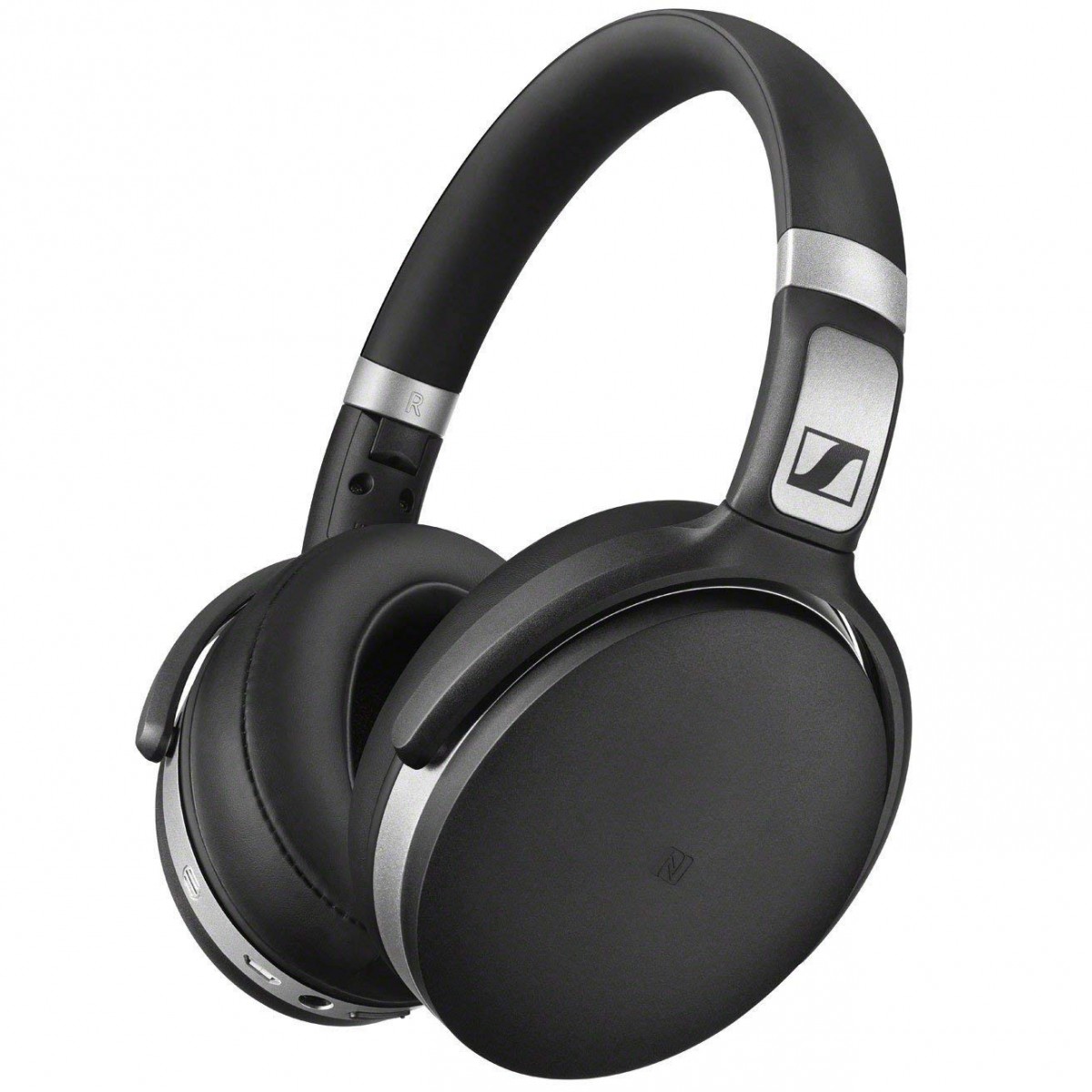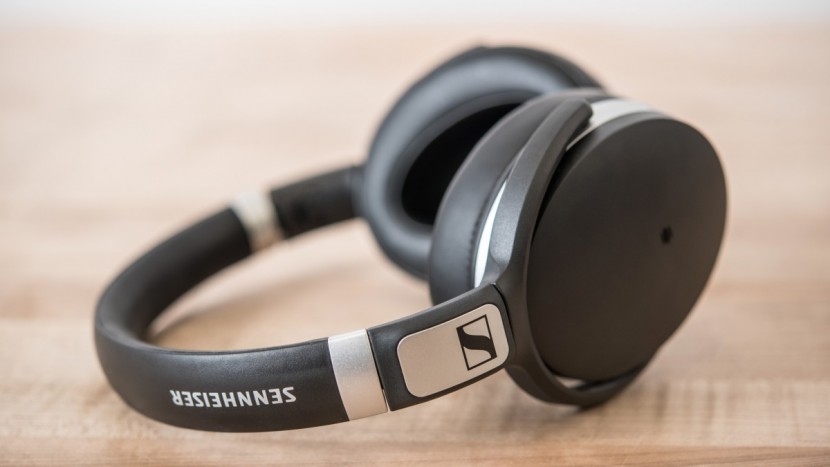Sennheiser HD 4.50 Review
Our Verdict
Our Analysis and Test Results
The Sennheiser HD 4.50 offers good sound quality and noise isolation, but is uncomfortable when worn for more than an hour. There are certainly, better, more comfortable options available for the same price, or less.
The Sennheiser HD 4.50 was held back in our testing by a lack of comfort, landing it towards the middle of our overall scoreboard.
Sound Quality
Overall the HD 4.50 impressed but didn't wow in our sound quality testing, earning them an above average score of 7 out of 10.
The strong suit of these headphones is clarity. We experienced quite crisp sound with very little distortion when listening to all sorts of music and podcasts on the HD 4.50. In this regard, the HD 4.50 is a small but noticeable step down from top models from the likes of Bose and Sony. However, when it comes to bass quality the HD 4.50 is a far cry from those top models. The bass still sounds good with a nice, punchy quality and not too much muddiness, but has nowhere near the resonance and depth of the bass of the top models.
This performance puts the HD 4.50 right in line with the sound quality of the TaoTronics TT-BH060. While we would have to give a slight edge to the HD 4.50 because of marginally better clarity, these two sets of headphones provide very similar listening experiences. Seeing as the TaoTronics is less than half the price, we would suggest most people go that route instead.
Noise Isolation
Here again the HD 4.50 is good but not great, a performance worthy of an above-average 7 out of 10. We found the active noise cancellation to be fairly competent when it came to muffling predictable background noise (think the whine of a plane or the constant murmuring din of a coffee shop). Without music, these sorts of noises were rendered to about 10% of their normal volume, which is good enough to ignore it and not let it distract you. With the noise cancellation turned on and music playing sounds like this were completely drowned out.
Where the HD 4.50 struggled was with less predictable noises (think someone dropping a mug on a tile floor, or a sudden shout). While no active noise cancellation will be able to react quickly enough to drown out sudden loud sounds, some did better than others to at least minimize their surprise. Top models from Bose and Sony can at least muffle some of those sorts of noises, but the HD 4.50 struggled to do so. Overall this is a minor gripe, and we think the HD 4.50's noise cancellation is good enough to keep most people focused on their music, and the task at hand, without letting the outside world distract them too much.
Notably, the TaoTronics TT-BH060 performed very similarly in our noise isolation testing. Yet another argument for spending $70 on the TaoTronics instead of $180 on the HD 4.50.
Comfort
In our opinion, this is where the HD 4.50 comes unraveled. We would expect headphones of this price and caliber to be comfortable, but very stiff padding and very small ear cups left us pulling these headphones off and scratching our cramped ears any time we wore them for more than half an hour. If you have very small ears there is a chance these headphones might feel ok when worn for long periods of time, but the vast majority of people are probably going to experience some uncomfortable hotspot. Here again the TaoTronics offer better performance. Even models like the Mpow Bluetooth Over Ear, which generally sells for less than $40, offer better comfort than the HD 4.50.
User Friendliness
The HD 4.50 has fairly simple controls, with a power button, multi-function button, and volume up/down buttons. The multi-function button can both be pressed and slid side to side, allowing for the summoning of virtual assistants, track skipping, and fast forwarding.
All of these functions work well and, after a bit of practice with the multi-function button, feel quite intuitive. However, we did experience a number of false starts, where we thought we'd pressed a button but nothing actually happened. This wasn't so prevalent that it was particularly frustrating, but we did find ourselves having to repress buttons enough that it ended up in our notes.
If you opt to use the wired connection to save battery, the cord actually twists in and locks. This feature is quite nice if you drop the headphones, as it gives a chance for the cord to catch them before they hit the floor. However, it also provides a solid enough connection that an absent-minded fellow could pull a laptop off a desk (we know from experience), so it's up to you whether this is a nice or potentially destructive feature.
Portability
Here again the HD 4.50 is above average, but not a top performer. At 8.45 ounces the headphones are fairly light. The reported 25-hour battery life is also plenty for even the longest of travel days. What kept these headphones from a top score is the included travel case, which is small and compact, but offers almost no padding. We get it, people like to travel light, and many people that are sacrificing the carry-on space for full-sized headphones over earbuds will likely want to leave the case at home anyway. However, we would like the option of a padded case to protect the investment these headphones represent. That is one area where both Bose and Sony knocked it out of the pack, as their cases offer lots of protection for those times when you know your bag getting squished or tossed around is a real possibility.
Value
The $180 list price of the Sennheiser HD 4.50 seems fair when you consider how good they sound. However, the lack of a comfortable fit makes that price tag feel quite exorbitant. Overall you get a much better value form the $70 TaoTronics TT-BH060.
Conclusion
The Sennheiser HD 4.50is a good pair of headphones in many ways, but an uncomfortable fit and the fact that some comparable models that sell for much less make us reluctant to recommend them to anyone.










